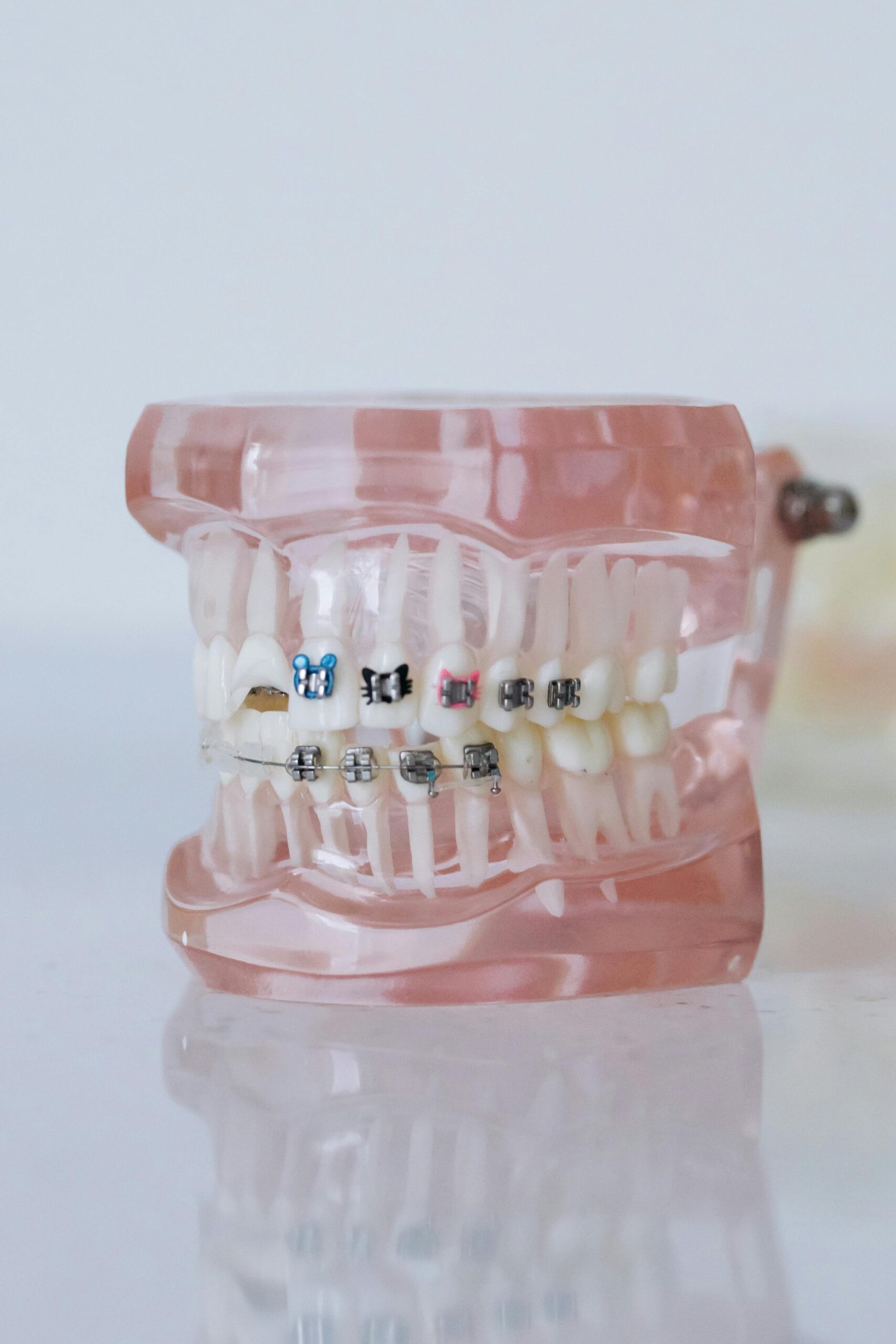Celebrating Orthodontic Health Month: A Complete Guide
Orthodontic Health Month is more than just a calendar event—it’s a nationwide reminder of the importance of maintaining healthy teeth and jaws. With millions benefiting from orthodontic treatment each year, this observance helps raise awareness, inspire good habits, and drive community involvement in dental wellness. In this guide, you’ll learn the fundamentals of orthodontic care, practical implementation strategies, advanced methods, and future trends that impact your oral health journey.

Understanding the Fundamentals
Orthodontics is the specialized branch of dentistry focused on diagnosing, preventing, and treating dental and facial irregularities. Celebrated each October, Orthodontic Health Month aims to spotlight the role this field plays in overall health. From aesthetic improvements to functional corrections, orthodontics impacts both confidence and well-being.
Historically, braces and retainers have evolved from crude metal devices to sophisticated, nearly invisible aligners. This evolution reflects not only technological progress but also a deeper understanding of dental biomechanics and patient-centered care.
1.1 The Importance of Alignment
Proper alignment of the teeth and jaws ensures optimal biting, chewing, and speaking functions. According to the American Association of Orthodontists, nearly 4 million U.S. children are in orthodontic care, indicating how widespread and essential these treatments are. Misalignment can lead to premature wear of tooth enamel, jaw pain, and even digestion issues.
In real-life scenarios, improved alignment enhances self-esteem and makes maintaining oral hygiene significantly easier. One common misconception is that orthodontic treatment is purely cosmetic—when in fact, it addresses foundational aspects of oral health.
1.2 Growth and Development Considerations
Orthodontic evaluations during childhood allow for timely interventions. Unlike general dental care, orthodontic treatment considers skeletal growth patterns, which can impact both aesthetics and functionality. Early treatment may prevent more serious complications later in life.
Parents and caregivers are often surprised at how early signs—like mouth breathing or thumb sucking—can indicate a need for orthodontic evaluation. These patterns, if left unchecked, can hinder normal facial development and alignment.
Practical Implementation Guide
Translating orthodontic awareness into action is the goal of Orthodontic Health Month. Whether you’re a parent, a teen considering aligners, or an adult revisiting treatment options, taking the right steps can result in long-term oral health gains.

2.1 Actionable Steps
- Schedule an Evaluation: Begin with a professional assessment to understand your unique orthodontic needs.
- Maintain a Hygiene Routine: Use fluoride toothpaste, floss daily, and consider interdental brushes for braces.
- Track Progress: Follow up every 4–6 weeks to adjust appliances and monitor movement milestones.
2.2 Overcoming Challenges
Common obstacles include discomfort, diet restrictions, and compliance with wearing appliances. Solutions include using orthodontic wax, choosing soft foods, and setting reminders for aligner usage. It’s also essential to stay hydrated and avoid sugary drinks.
Watch for signs such as persistent mouth sores, speech difficulty, or increased plaque. Experts recommend mobile apps and virtual consultations to enhance accountability and ensure consistent progress.
Advanced Applications
Once foundational care is mastered, many patients move on to more advanced techniques that offer increased customization and faster results. These methods are particularly helpful for complex cases or adults looking for discreet solutions.

3.1 Clear Aligner Therapy
Clear aligners like Invisalign have revolutionized orthodontic treatment, offering removable, nearly invisible options for correcting mild to moderate misalignments. Clinical studies show a 96% satisfaction rate among adult users, highlighting their growing popularity.
These aligners work by applying gentle, consistent pressure to move teeth into position. Weekly aligner changes and digital monitoring contribute to quicker results compared to traditional braces.
3.2 Orthodontic Accelerators
Orthodontic accelerators—devices that stimulate bone remodeling through vibration or light—are gaining traction. These tools can reduce treatment time by up to 50% when used in conjunction with braces or aligners.
Compatibility varies depending on your treatment plan and dental structure. Consultation with your orthodontist ensures proper integration and maximum benefit.
Future Outlook
The future of orthodontics is driven by AI, 3D printing, and tele-orthodontics. Digital impressions and predictive modeling are enhancing both accuracy and efficiency, making personalized treatment more accessible than ever before.
In the next 3–5 years, expect more DIY-friendly options, at-home monitoring kits, and even faster results through biological innovations. Staying informed and working with a certified professional will remain key to navigating these changes effectively.
Conclusion
Three key takeaways from this guide are: 1) Orthodontic Health Month is a powerful platform for promoting dental awareness; 2) Early and consistent care leads to better outcomes; and 3) New technologies are making orthodontics more comfortable and efficient than ever.
Take the first step today—book a consultation, improve your oral habits, and share the message of Orthodontic Health Month with your community. The benefits of a healthy smile last a lifetime.
Frequently Asked Questions
- Q: What is Orthodontic Health Month? It’s a public awareness campaign celebrated each October to highlight the importance of orthodontic care for both children and adults.
- Q: How can I get started with orthodontic treatment? Begin with a consultation from a licensed orthodontist who can evaluate your needs and suggest a tailored treatment plan.
- Q: How long does treatment usually take? Treatment durations vary from 6 months to 2 years depending on the complexity of your case and the method used.
- Q: What does orthodontic treatment cost? Prices range from $3,000 to $8,000, depending on the appliance type and duration. Insurance may cover part of the cost.
- Q: Are clear aligners better than metal braces? Clear aligners are discreet and removable but may not be suitable for all cases. Braces offer more control for complex adjustments.
- Q: Is orthodontic treatment difficult? It requires commitment but is manageable with good hygiene, regular visits, and following professional advice.
- Q: Can orthodontics help with TMJ or sleep apnea? Yes, certain appliances can improve jaw alignment and airway function, offering relief from related conditions.
